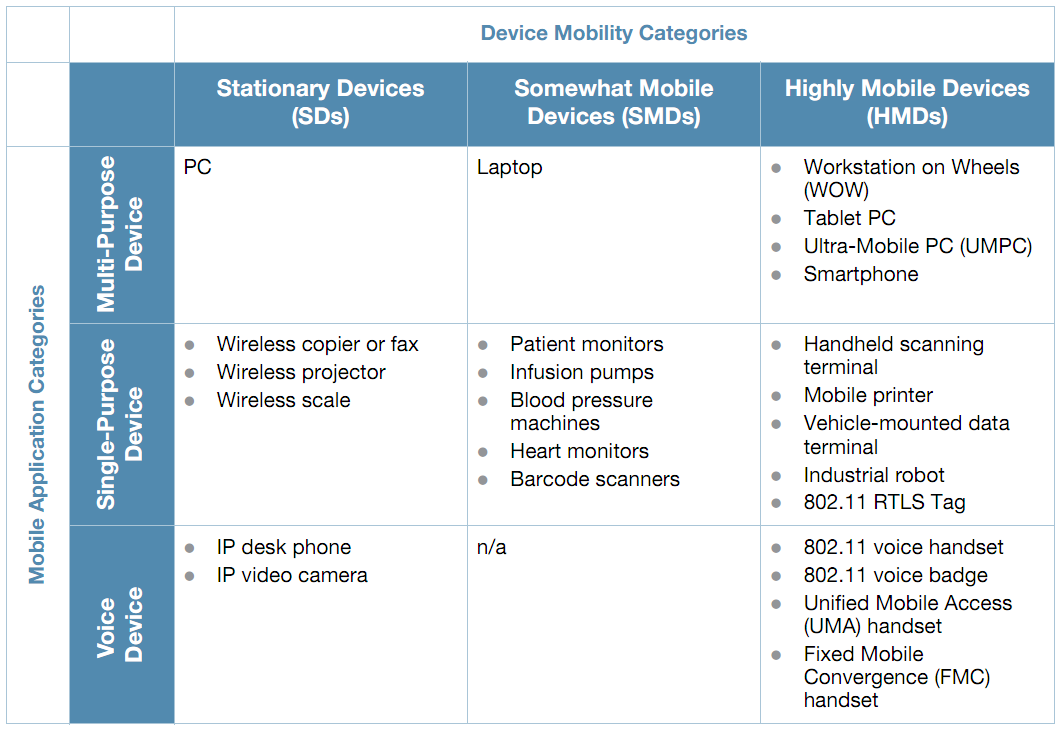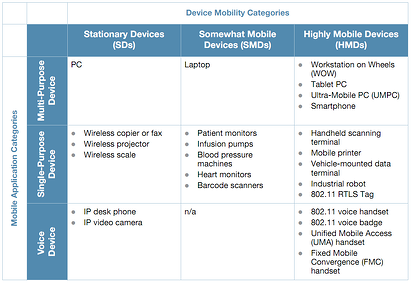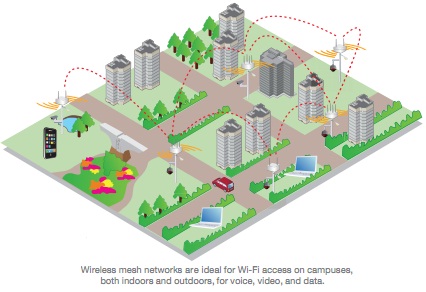
As a Senior Wireless Network Engineer my job is to design large scale wireless networks, manage the implementation of them, and many times get involved in the troubleshooting (if necessary). I’ve worked with school systems, major airports, college campuses, outdoor auction sites, even museums to build large scale wireless infrastructure.
Our Biggest Challenge
But the most challenging wireless systems we build have to be Hospital Wireless Networks. I say this not just because there is a lot of potential interference in a hospital (which there is), but because of the critical nature of the wireless devices in a hospital.
In a school environment, if there are capacity challenges or a wireless client is dropped its inconvenient for sure. But hospitals today are running everything from Wi-Fi RTLS tags for location tracking, to wireless VoIP phones for the nurses, to even Wi-Fi enabled insulin pumps that are all connected to the network. There’s not a lot of room for error when a critical medical device is connecting to the network. As you can imagine, there’s quite a bit of pressure on my team to design things right the first time and select the proper WLAN system.
So how do we get started with a hospital network design?
Designing a Hospital Wireless Network Starts With:
(1) Documenting the mobile devices and their characteristics to understand HOW they move inside the facility. And
(2) Understanding the applications, their specifications, and what it takes to make sure they work properly.
If you’re a hospital network administrator, it’s a good idea for you to understand the chart below.
If you’re working with a wireless consultant and the only questions they have are about the size of your buildings….they are on the wrong path. A hospital wireless network must be designed around the mobile devices and applications to work seamlessly.
I don’t have the space to explain all the medical mobile device tendencies in one article but stay tuned by subscribing to our blog. I’m going to dive into each of these categories, let you know what to watch out for, and most importantly, lay out what features you need to make sure it works.






